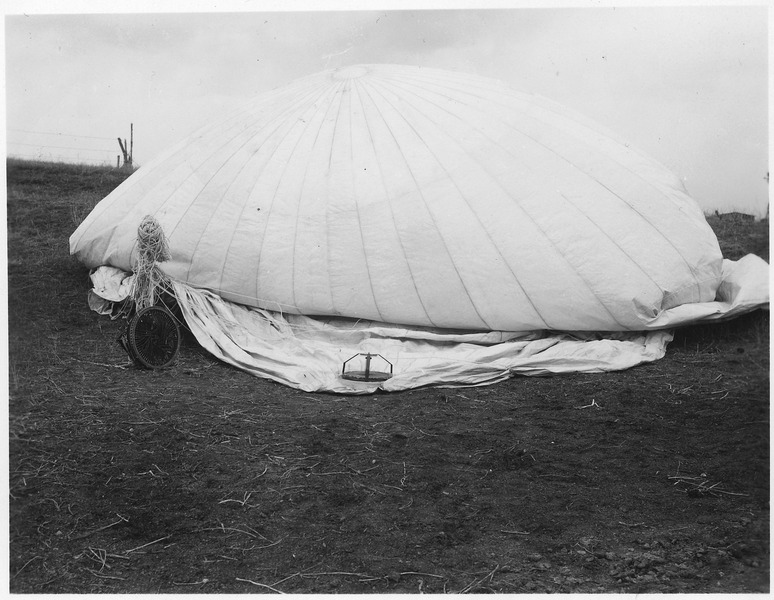During WWII, Japanese schoolgirls were called out of school because of their nimble fingers. They brushed root paste on washi paper and layered it, pasted pieces to pieces across sumo halls, courtyards, school auditoriums. They made paper balloons like this one.
The balloons carried bombs over the Pacific to here. They figured out what’s a jet stream, used to it send bombs up and off and aimed toward the Pacific Northwest. They landed in Thermopolis, Wyoming, and Santa Monica. In Lame Deer, Montana and just outside Detroit. About 300 turned up.
But when the jet stream works, the Pacific Northwest is wet and cold. So hardly anybody died. Except at one Oregon church picnic—a pastor’s wife, a group of children. The pastor dropped them off and went to park. The wife was pregnant, wasn’t feeling well. She found one of these in what was left of the snow, and walked toward it with the children, calling: Look what I found, dear.
*
Secret Americas features writing about images from the U.S. National Archives.
Image via Wikimedia Commons – “Japanese War Ballooon, collapsed balloon on ground, close up of various parts of balloon & mechanism,” 1945, National Archives and Records Administration Central Plains Region.
Three-time Pushcart prize winner Jill McDonough is the recipient of NEA, Cullman Center, and Stegner fellowships. Her books include Habeas Corpus (Salt, 2008), and Where You Live (Salt, 2012). She directs the MFA program at UMass-Boston and 24PearlStreet, the Fine Arts Work Center online.
